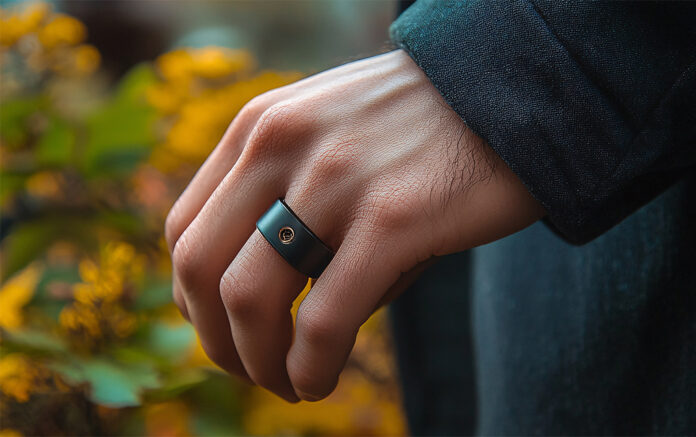In what’s considered a significant step towards the standardisation of consumer health trackers (CHTs), the World Sleep Society last week released a set of “emergent recommendations” that are expected to guide the development of such devices in the future.
As artificial intelligence expands to enable the rapid crunching of bulk amounts of information and health systems come under increasing pressure, CHTs are likely to find more common use. The problem is, how reliable is the information produced, and can a clinician trust it?
The emergent recommendations result from an international team of sleep experts from the US, Australia, Europe, and Singapore. The team considered industry input, clinician critique, and previous position papers.
According to an information release from the society, the recommendations “provide clear and practical points for consumers, clinicians, researchers, and manufacturers, to tap the potential of wearable CHTs in an evidence-guided manner.”
Once primarily used for fitness tracking, CHTs are now used by many as a means to monitor sleep timing, regularity, and duration. Used regularly, CHTs serve as a “sleep minder,” offering a continuous diary of sleep habits, providing insights into sleep patterns over extended periods on a scale previously not possible.
By doing so, they can assist in the maintenance or improvement of mood, heart health, brain function, and immunity for millions.
Improved accuracy essential
However, the accuracy of different devices can vary significantly, depending on the quality and/or configuration of their sensors and the algorithms used to interpret the data. The measures used are also not standardised. The released paper reveals the reasons behind clinicians’ concerns and proposes some solutions.
“If manufacturers align to common principles and standards for sleep measurement, consumer health trackers could significantly enhance their value as tools for improving health and wellbeing,” said Professor Michael Chee, Director of the Centre for Sleep and Cognition at NUS Yong Loo Lin School of Medicine (NUS Medicine), the lead author of the work.
Key takeaways for consumers would be to purchase a device that suits their use case, focus on fundamental sleep measures (among a growing array of these)—such as sleep timing and regularity which can be directly acted on—rather than obsessing over nightly measurements of specific stages like Deep or Rapid Eye Movement (REM) sleep which are not.
Users are encouraged to reflect on their pre-sleep routines and experiment with changes, with regular tracking enabling them to discover which habits lead to better fundamental sleep measures.
Customisation is coming
Over time, and in recognition of inter-individual differences in sleep need, a person could learn how to customise their sleep beyond what general guidelines suggest.
Beyond individual benefits, wearable sleep trackers will redefine what “normal” sleep looks like, the society says.
“By collecting data over long periods and across diverse communities, these devices reveal how factors like culture, work schedules, and even nighttime light or noise affect sleep.”
Advances in big data analysis and artificial intelligence will further enable the personalisation of sleep recommendations, moving beyond one-size-fits-all advice.
The document touches on existing and promising clinical applications but also cautions that CHTs are not primarily designed for clinical diagnosis and care. This will change, but to develop properly, a stronger partnership between clinicians and industry is needed.
“With the right focus and approach, wearables can help people make meaningful choices for better sleep and better health. These recommendations are an important step in that direction,” Professor Chee said.





